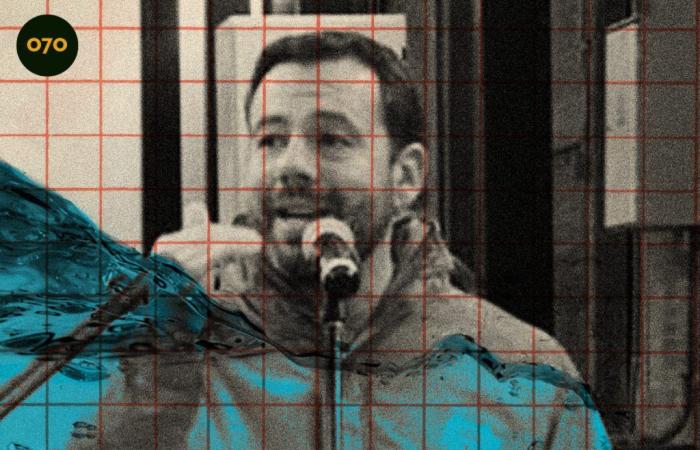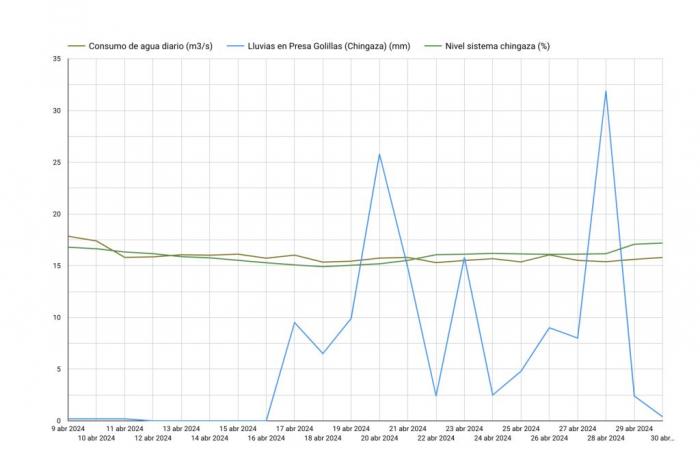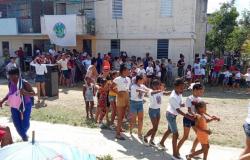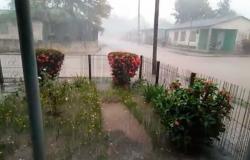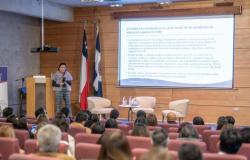We spoke with hydraulics expert Juan Guillermo Saldarriaga and data visualization expert Juan Camilo González to understand what we are two months away from water rationing in Bogotá.
It is almost impossible to lower water consumption to 15m3/s when the population of Bogotá has doubled since the last time it was achieved in 1998.
Juan Guillermo Saldarriaga: They tell us “lower consumption and we want to reach 15.” And he can say “we did it once, we can do it again”? The difference is that in Bogotá, in those 25 years, the population doubled. Before there were four million, now we are at eight million. So that eight million of us consume 15 is as if we had told the inhabitants of 25 years ago to consume seven. And that had already been very hard.
It is unfair that large families have to adjust to the same rationing as small families
Juan Guillermo Saldarriaga: In my house, of which there are five of us, each of us can only consume four cubic meters per second. If we go too far, I am a bad citizen and the mayor has said that. That is wrongly said because in principle we are making an effort, but for a family of five or six people to reach 20 cubic meters is much more difficult than for a confirmed bachelor.
Without the rain variable, Galán’s graph is incomplete
Juan Camilo González: What does affect Chingaza is the rain. So when it starts to rain on April 16 and especially on April 20, that is when the trajectory of the Chingaza system begins to change and begins to rise. So the rainfall, the level, seems to affect more than people’s consumption. People’s consumption goes up and down but it is not affecting Chingaza so directly as far as I can see with this data.
April information with data collected from the graphs published by the Mayor and rainfall information at the Golillas station dam delivered to 070 by the Bogotá Aqueduct
Chingaza water entry and exit data should be included
Juan Guillermo Saldarriaga: But what it should show is inflow and not reservoir level and outflow. It may show the level of the reservoir. But if what goes in is equal to what goes out, the reservoir will never recover, not even in 300 years. So for the reservoir to recover, much more has to enter than it leaves.
We depend almost exclusively on the rains and we will not reach the goal in October
Juan Guillermo Saldarriaga: To recover the reservoir, the inlet flow has to be much greater or it does not remove any water. And we can’t take out the water. So what that implies is that rationing is going to last for a long time. Because? Because it’s not raining much. I don’t think that before November, December we will lift rationing. It will depend a lot on how strong the girl year is because we already know that it is going to be a girl year.
Beyond the emergency, Bogotá needs to plan a much more resilient drinking water system
Juan Guillermo Saldarriaga: What I would recommend is one, to lower the punishment of large families and two, make a concerted plan, so that all Bogota residents see that we are going to have a resilient drinking water system, for the future, that water will not cost more, that we are going to guarantee excellent service with excellent water quality. I would do that, which politically is a very good thing for him to demonstrate, but it is long term. He wouldn’t see, he wouldn’t see anything, but at least he leaves the plan, because those are long-term investments. In the long term he should try to do it now.

